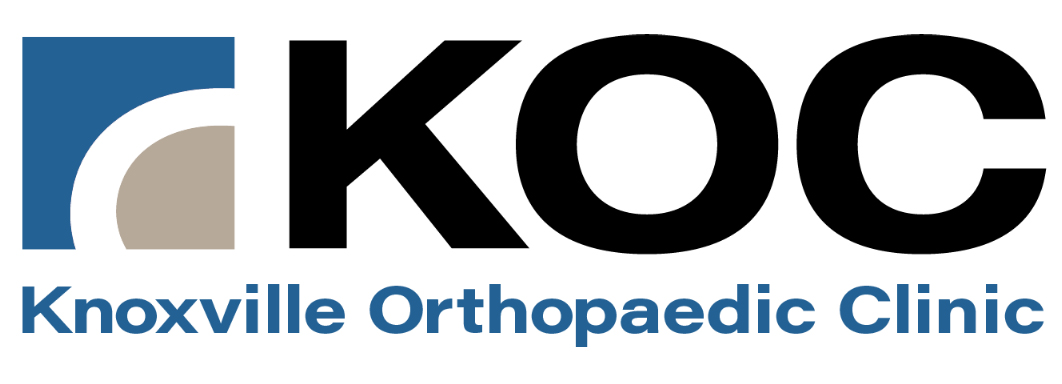Foot Injury
How to Be Non-Weightbearing After Surgery If you’re considering foot or ankle surgery, your foot and ankle orthopaedic surgeon may have said you’ll need to be non-weightbearing for a period of weeks after your procedure. What does that mean? The term non-weightbearing, sometimes prescribed simply as N.W.B., refers to restrictions placed on you immediately after surgery. You will be advised … Read More
